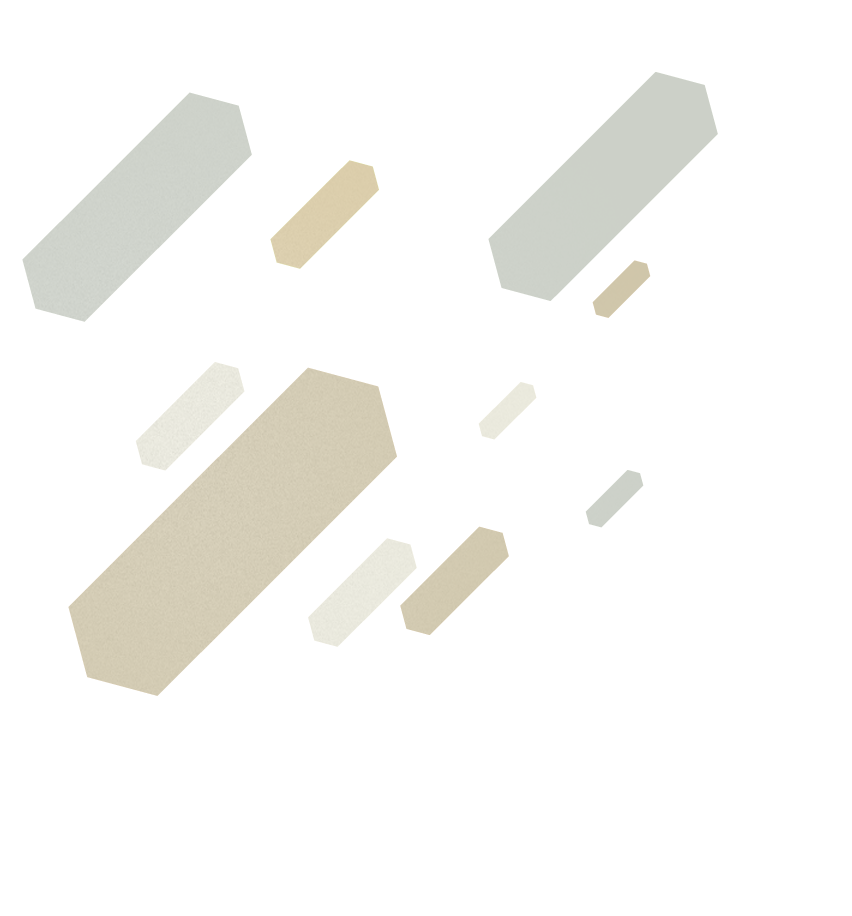


is an interactive aleatory installation by Paweł Janicki, created at the WRO Center for Media Art. The installation was inspired by, and pays homage to, Witold Lutosławski’s œuvre. The installation, consisting of three DJ turntables and records with MIDI time code, allows to control three video projections running together (each controlled by one turntable), transferring image and sound by means of DJ techniques.
From three stands, arranged in the exposition space, the visitors can individually or collectively modify a percussion piece specially recorded for the installation, which begins with a short invocation by Lutosławski himself on aleatory music and its principles. Visitors may independently use all the standard turntable techniques: slow down, stop or accelerate the turntable by pressing the record with their fingers, scratch, move the needle to another position on the record, etc., and thus control the rotations of the individual parts of the video projections, modifying the projected image.
Visitors can also interact with the installation using mobile devices (tablets, smartphones) as well as network communication (thanks to a specially developed online application).
The three-channel recording of the piece (three overlapping parts) and the simultaneous playback of the recorded parts by the installation-controlling software (also specially developed for this purpose) make it possible to listen to the composition as a whole. As the individual parts can be controlled using the turntables, a “desynchronising” effect can be achieved (or alternatively – the needle can be moved to another position on one of the records, thus moving to another section of this part without influencing the other two).
Manipulating the gramophone records (moving the needle, scratching, stopping, etc.) will be reflected in the rotations of the individual parts of the video projections. Additional rotations, as well as other elements (e.g. visualisations of the timeline and timecode of the individual sequences) are available using mobile devices.
Paweł Janicki




